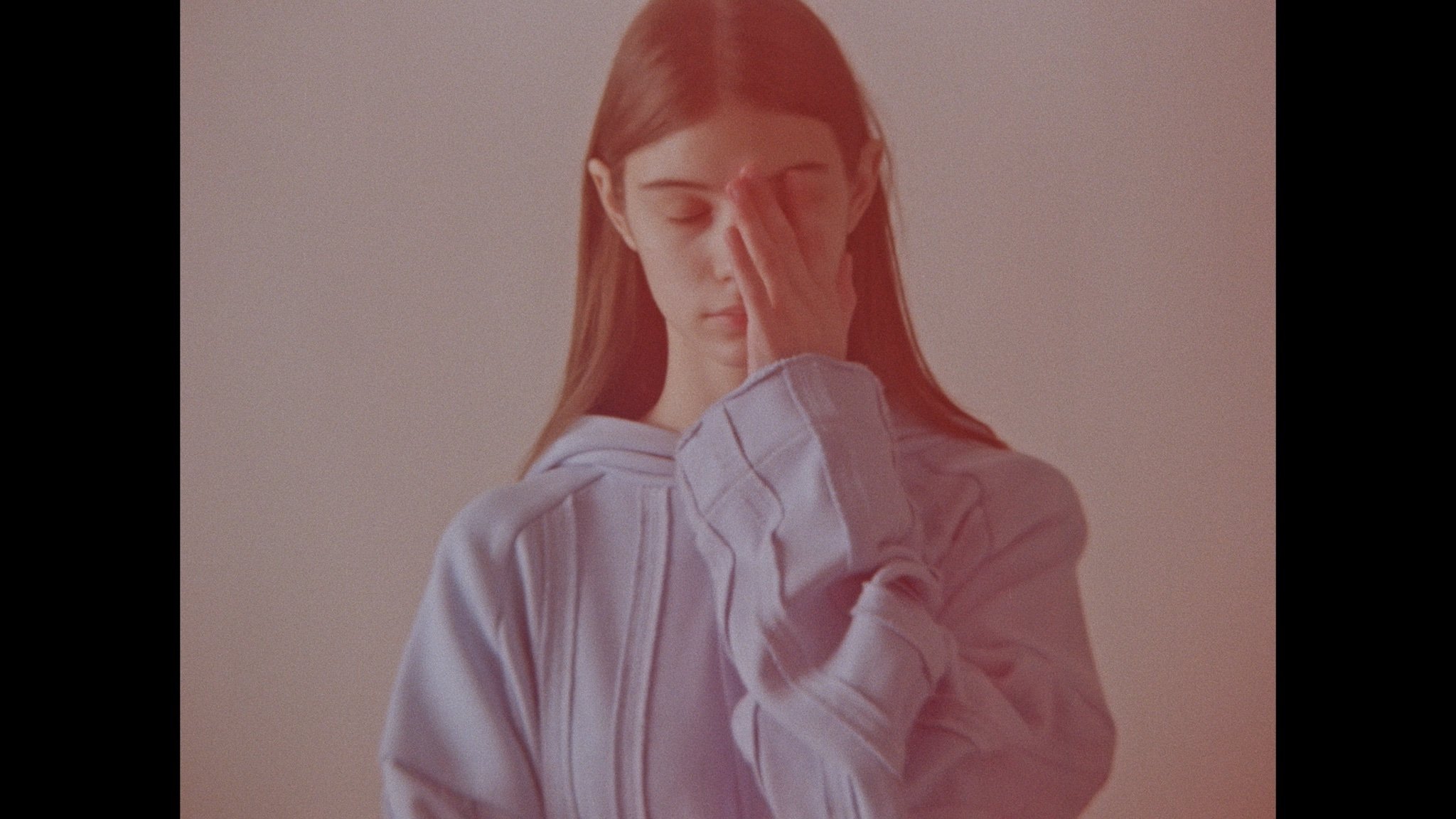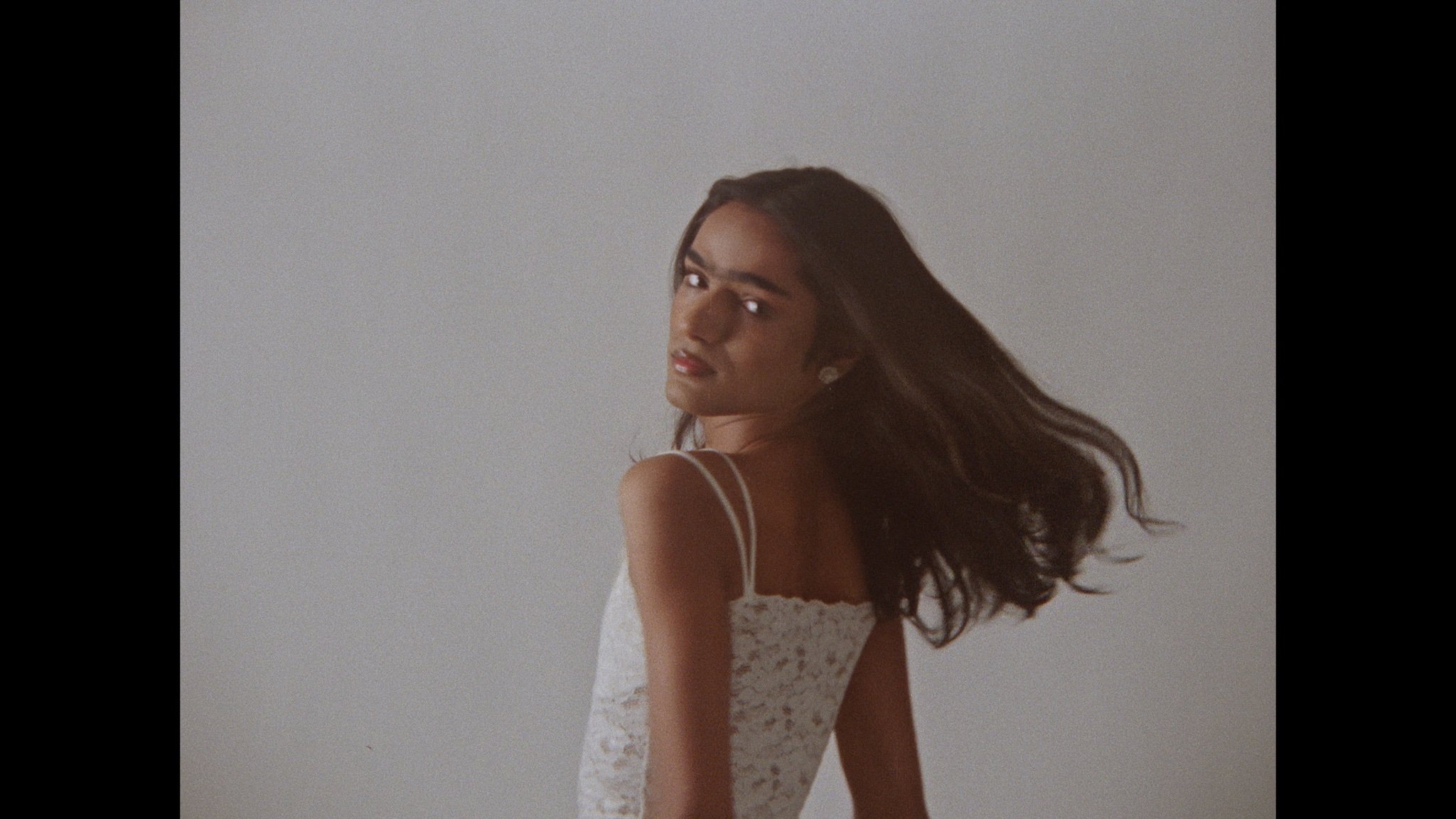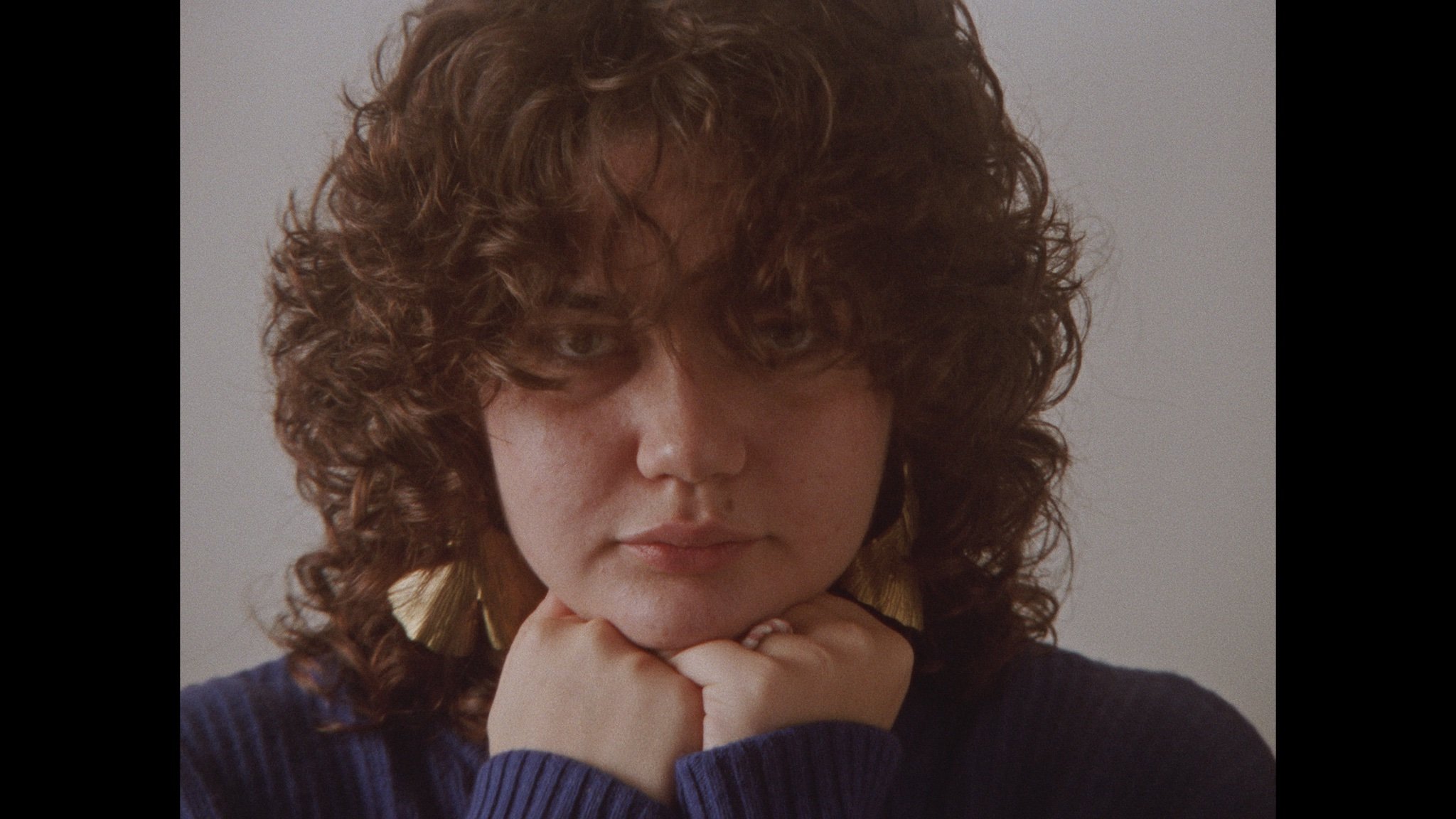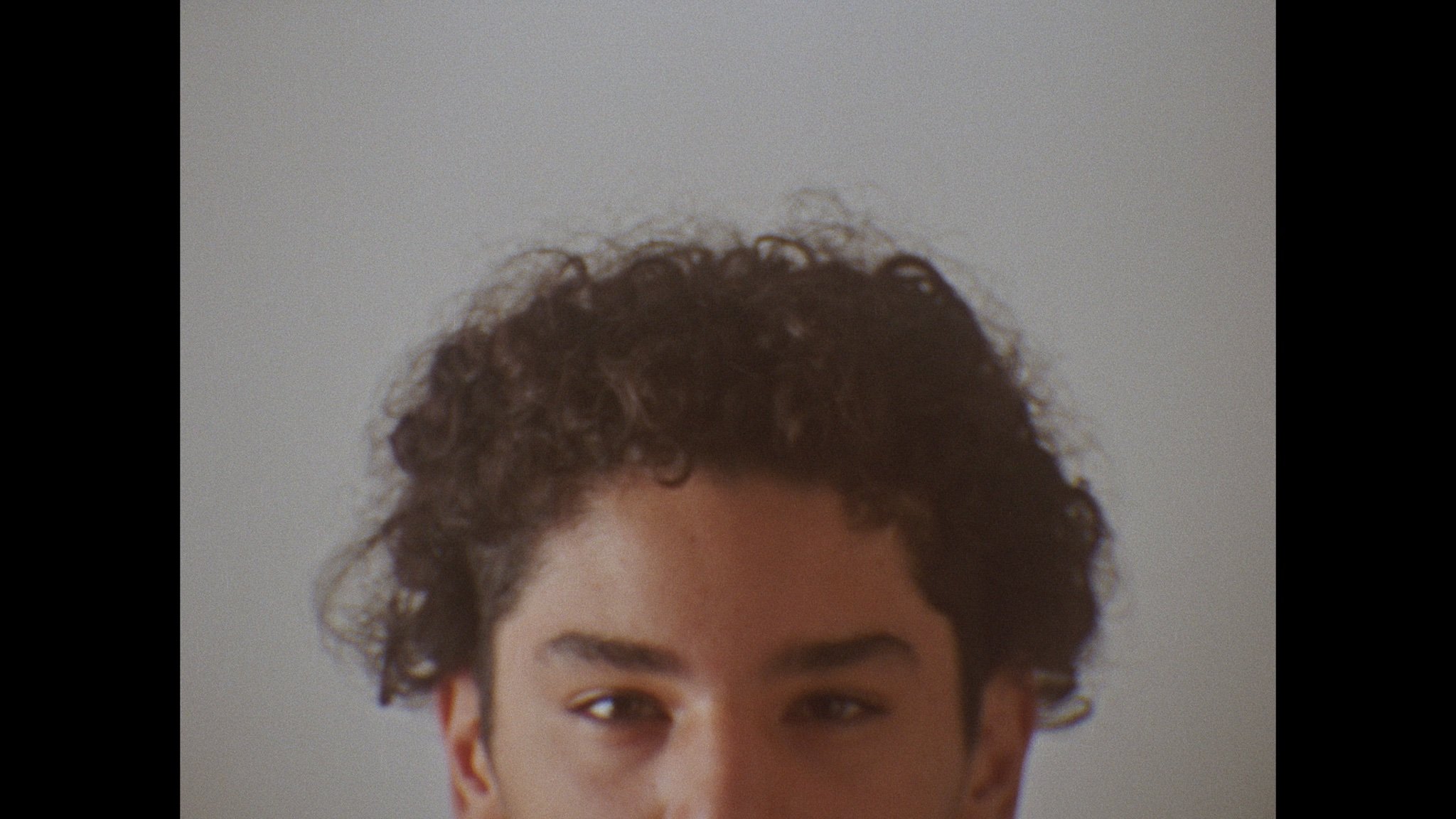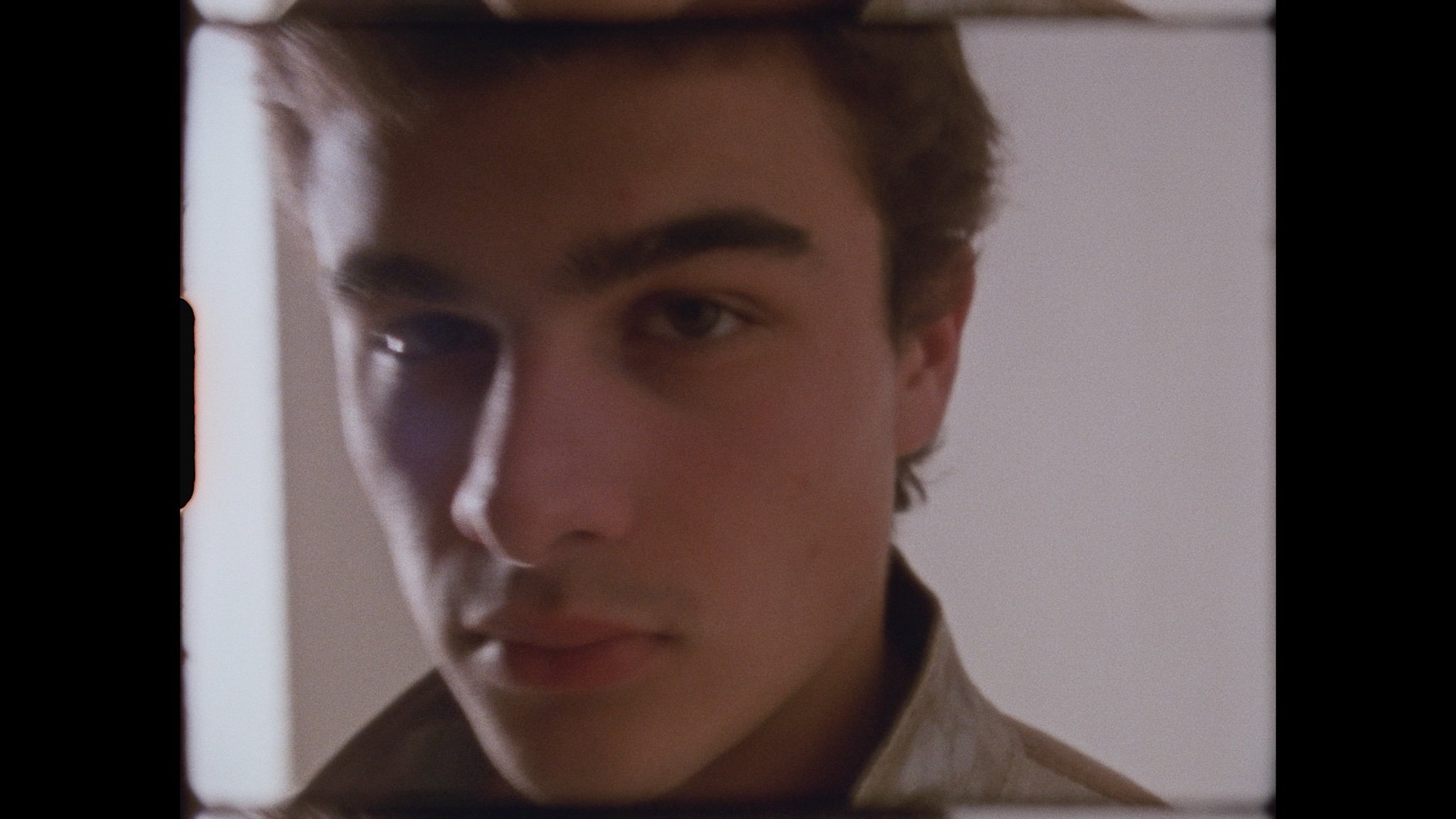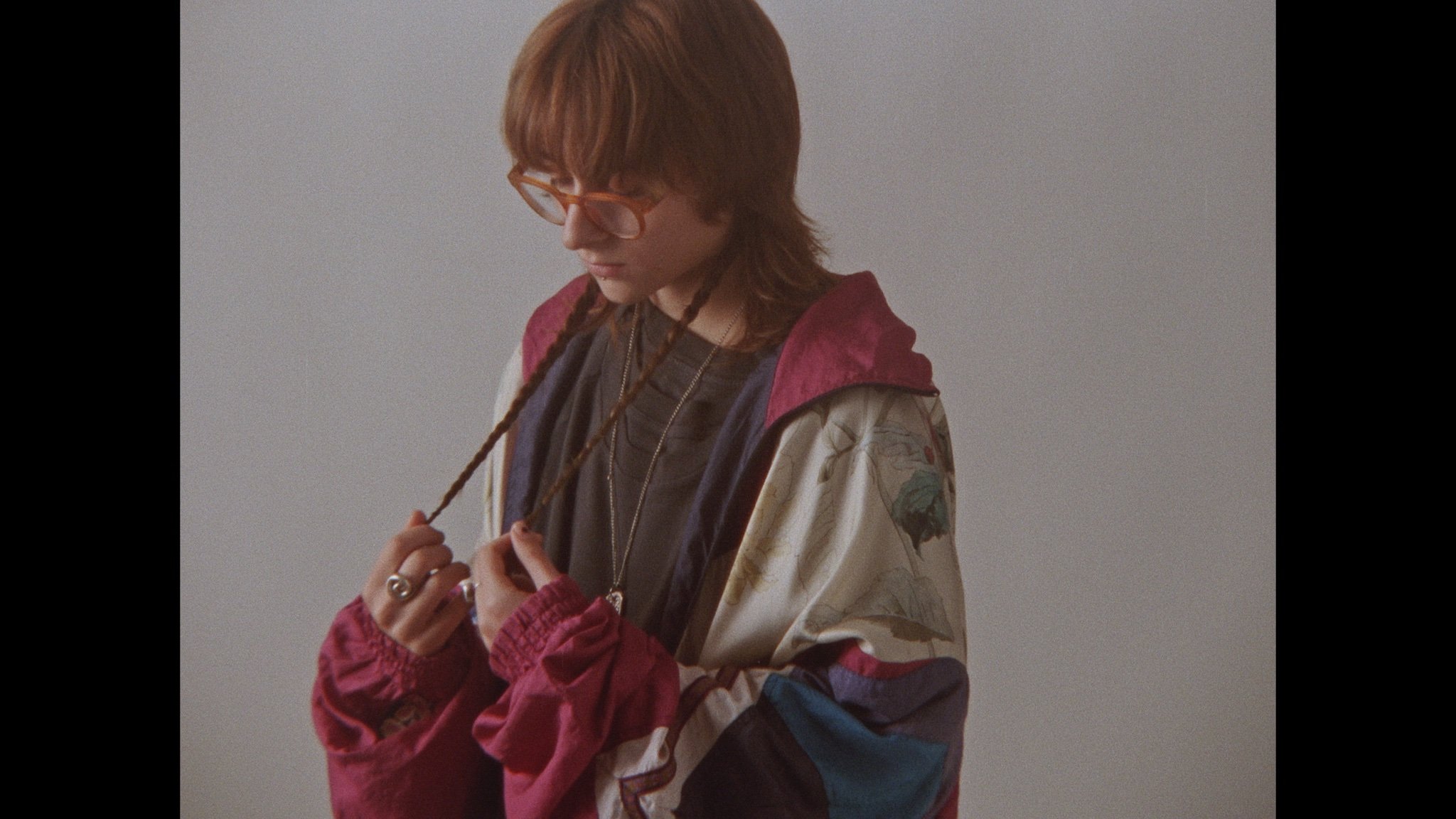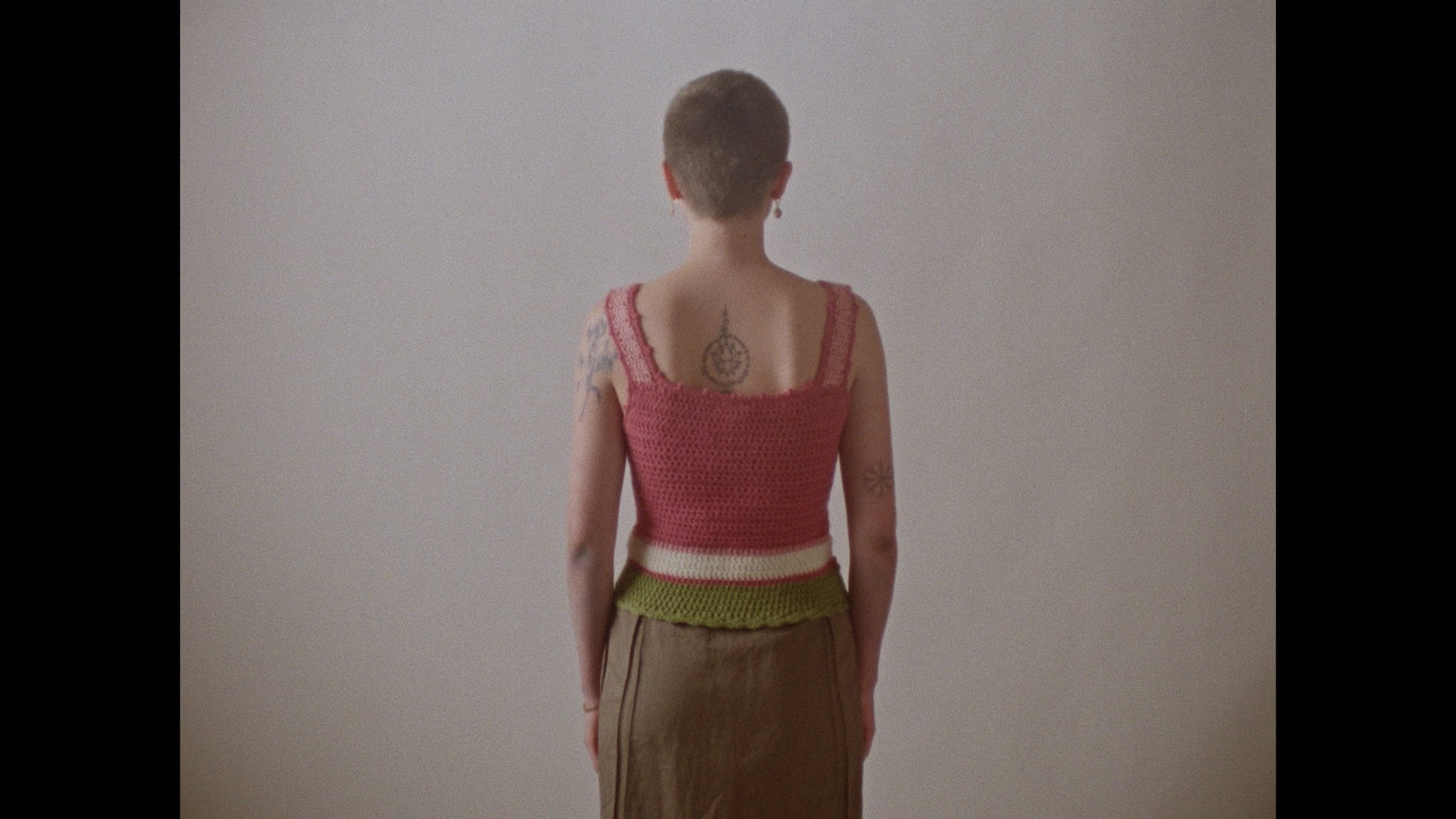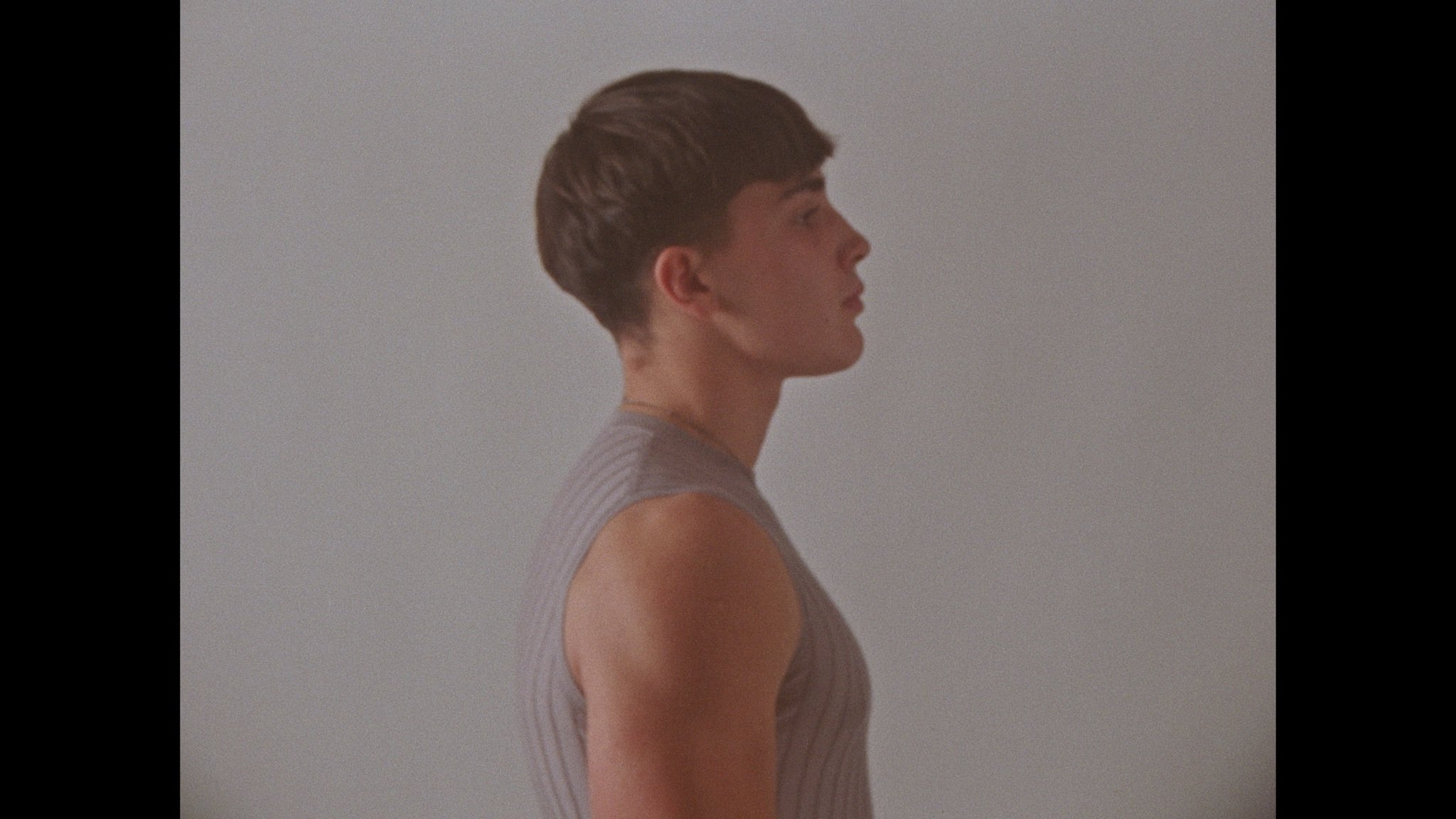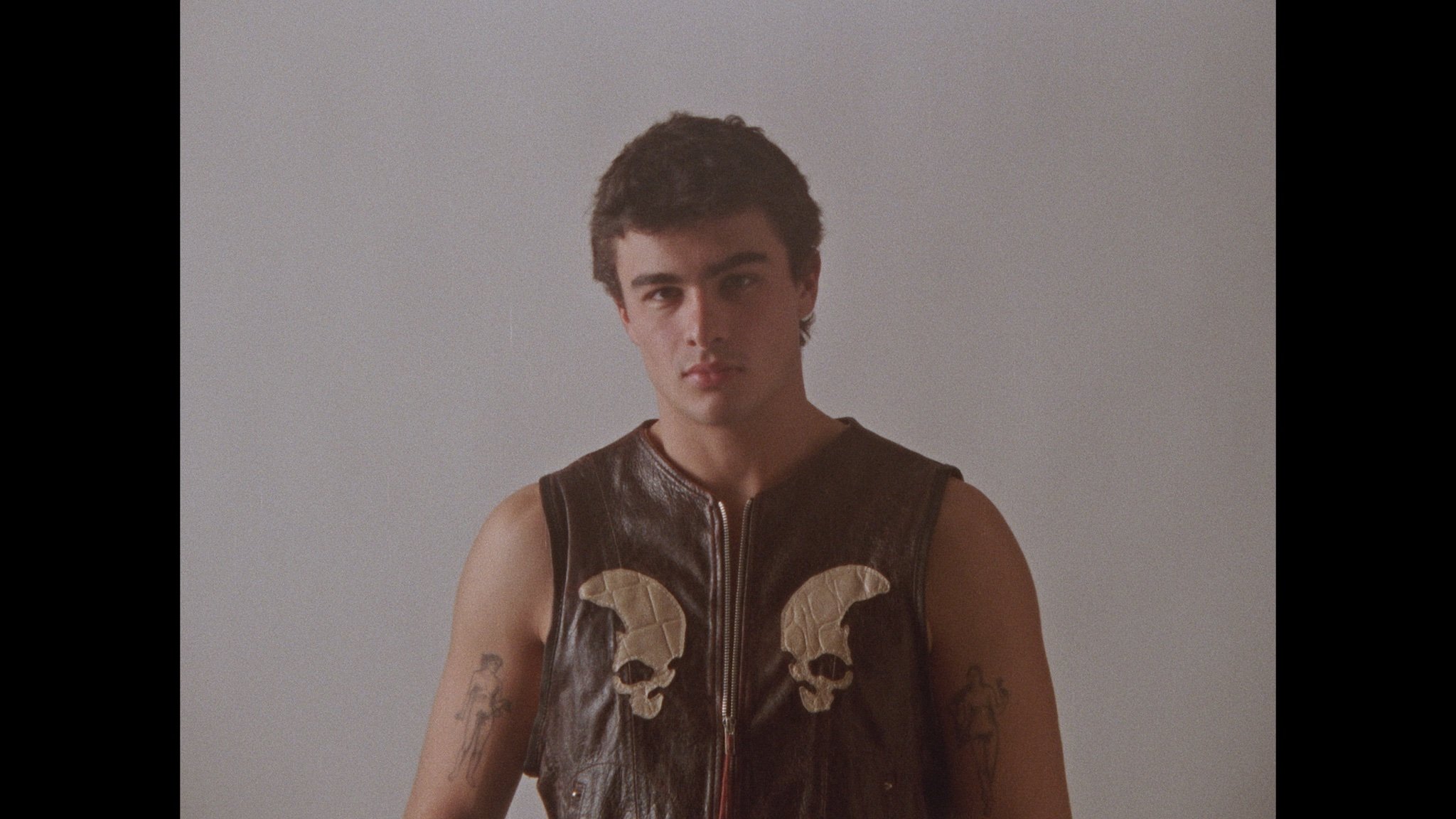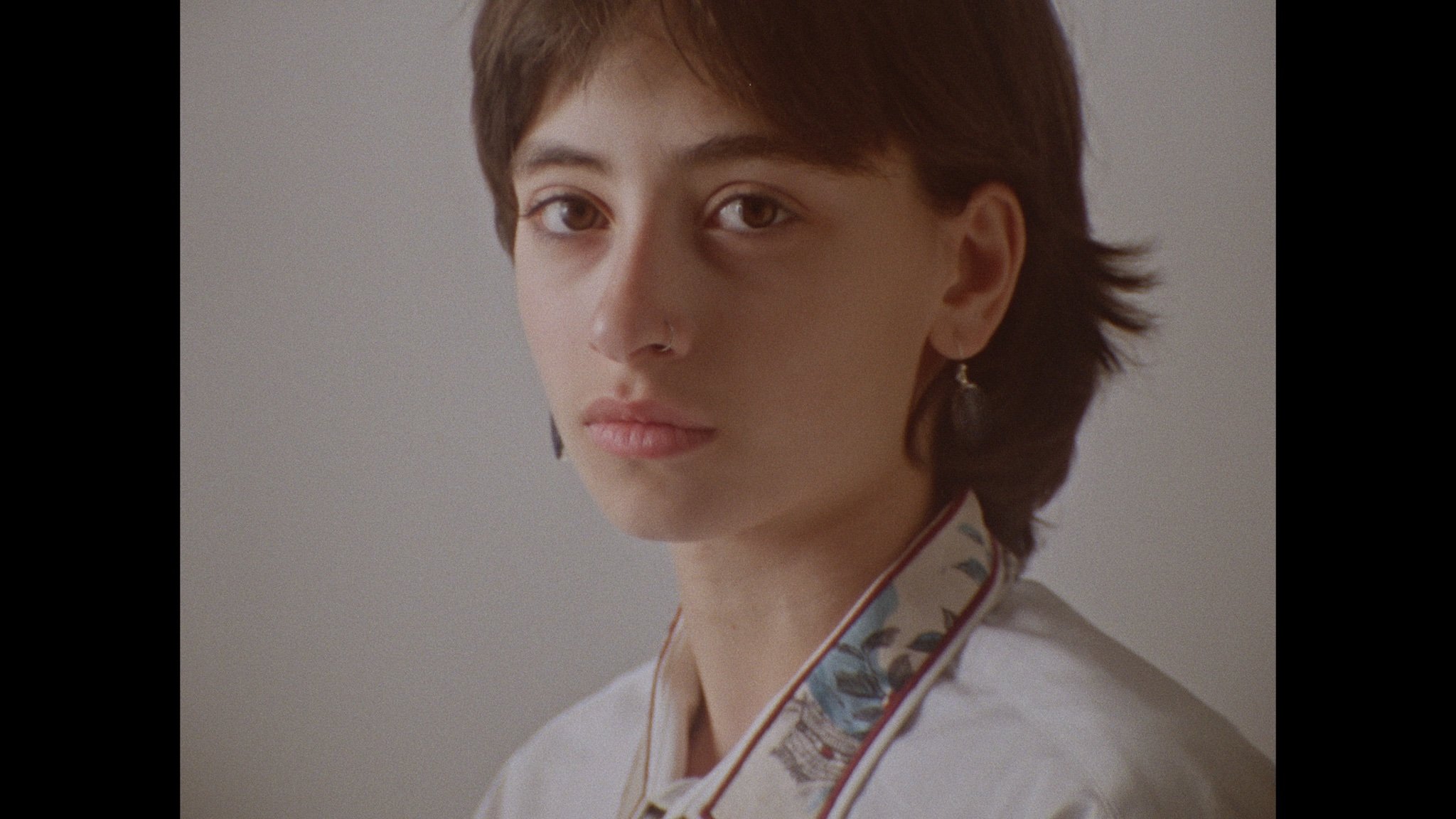Futuri Aprili
An intimate portrayal of today’s youth
Directed by Enrico Bellenghi
Interview by Tatev Avetisyan
Enrico Bellenghi, a photographer and film director based in Milan and London, has just unveiled his latest work, Futuri Aprili. The film delves into the identity struggles of young people through their intimate conversation before the camera. By exploring the experiences of various subcultures, the film offers a powerful reflection on the challenges and opportunities of coming of age in today's society, where fashion appears to be a means to shaping identity. This transitional phase between childhood and adulthood has been the subject of analysis, with figures such as Raf Simons and Francesco Bonami describing it as "the fourth sex". And Bellenghi's work adds a new visual dimension to this ongoing conversation.
In his interview with Curation Hour, the Bologna-born director discusses the impact of education on his creative work, the inspiration behind his latest film Futuri Aprili, and his plans for future projects.
What inspired you to enter the world of films? How did your educational background contribute to choosing this career path?
Having studied multiple artistic fields, I have come to the realisation that films are the most effective medium to express myself. I was inspired to enter the world of films following my love for storytelling and passion for visual art. I have always been fascinated by the power of films to transport viewers to different worlds, evoke emotions, and convey complex ideas and themes. My educational experience in cinematography, photography, fashion, and graphic design has given me a thorough understanding of the technical and creative aspects of cinematography. I reckon that the best representation of this concept converges in the production of fashion films as it gathers different artistic expressions.
After completing two high degrees in Italy and the U.K, how do you think these two different cultural environments influence your creative vision and aesthetics?
As a young Italian filmmaker, studying in Italy and the UK significantly impacted my creative vision. It allowed me to experience different cultural perspectives, artistic movements, and film traditions, enriching my creative vision and providing a broader perspective on how to approach storytelling and aesthetics. Growing up in Italy, I was exposed to the rich cultural heritage of my country. Studying contemporary and experimental art and commercial film forms in Milan broadened my creative horizons and encouraged me to explore different aesthetics and styles. Meanwhile, studying in London allowed me to further appreciate my cultural heritage and expand my cultural perspective. It influenced my narrative approach, emphasising coming of age, identity, belonging, and cultural diversity themes. Living in two different cultural environments allowed me to develop a critical perspective on how culture, society, and politics intersect with the filmmaking process. This perspective has encouraged me to set about my work with sensitivity and respect for different cultures. It also has influenced my narrative approach in addressing social issues and promoting diversity and inclusion.
“My aim was to create a visually striking and thought-provoking film that would challenge viewers to reflect on the role of fashion in shaping cultural identity and social norms, particularly among young people”
You used Raf Simons and Francesco Bonami’s book The Fourth Sex: Adolescent Extremes as a point of reference for the film. The contradictory nature of teenagers used as a driving force of today’s consumer behaviour, especially in fashion, has long been a trending topic. What piqued your curiosity, and how did you transfer it on screen?
The concepts presented in The Fourth Sex: Adolescent Extremes by Raf Simons and Francesco Bonami were a reference point for my fashion film, Futuri Aprili. The book's analysis of the contradictory nature of adolescence as a period of rebellion and conformity, and its influence on consumer behaviour and fashion, caught my attention and inspired me to explore this theme further. To bring this concept to life on screen, I focused on young people's sensitivity to social issues, including their perception of the body, the vision of the future, and how they represent their identity using fashion. Through street casting, we selected a heterogeneous group of interviewees who shared the common experience of being in a transitional phase between childhood and adulthood, which Simons and Bonami called 'the fourth sex'. I used various techniques in the film, such as visual references to fashion subcultures and narrative elements that explore the tensions and contradictions inherent in this theme. My aim was to create a visually striking and thought-provoking film that would challenge viewers to reflect on the role of fashion in shaping cultural identity and social norms, particularly among young people.
Styling is conspicuous. Considering the street casting, did you try to stay faithful to the style and personality of teenagers in the film? And what was it like to work with Sofia Bertozzi on wardrobe?
The styling in Futuri Aprili is a key component of the film's aesthetic. We were mindful to stay true to the personal styles of the teenagers we cast, as their clothing choices reflect their identities. Collaborating with Sofia Bertozzi on wardrobe allowed us to bring authenticity to the characters and the world they inhabit. Fortunately, we accessed a variety of brands with distinct styles through our collaboration with fashion showrooms. It gave us the freedom to mix and match pieces to create looks that were true to each character's unique style. In some cases, we even let the models choose the garments from what was available. Assistants Junse Liu and Mattia Quaglia gave us a crucial hand on set, ensuring the wardrobe was seamless and cohesive.
German, Italian, French, and English-speaking cast members with subtitles and no voiceover. Why?
We deliberately chose to have the cast members speak in their mother tongue and use subtitles rather than dubbing them into a single language or using a unique voice-over. We felt that this approach would contribute to the authenticity and richness of the film's presentation. Viewers can hear the inflections and nuances of each language and experience the individual voices of the cast members in their original form. We believe this approach gives the film greater depth and complexity, making it more engaging for viewers.
Given the fluid nature and the almost impossibility of catching the needs and expectations of the focus group, you have chosen to frame the film in a 4:3 ratio, making it more intimate and somewhat limited. Can we interpret it as a way of organising chaotic thoughts and feelings within a specific timeline and setting?
While the film’s framing in a 4:3 ratio was not necessarily intended to explicitly organise chaotic thoughts and feelings, it does contribute to a more intimate and introspective feel to the film. By limiting the visual space and creating a tighter frame around the subjects, the viewer is drawn closer to them and their experiences. It can make the film feel more personal and immediate, letting the audience connect more deeply with the interviewees and their stories. Additionally, the choice of framing can create a sense of nostalgia or historical distance, which can be effective in exploring identity and transition themes.
What was the most challenging part about making Futuri Aprili?
The film's pre-production stage was the most difficult part of making Futuri Aprili, which involved a team of 40 people without a production budget. Pre-production is critical in planning and preparing for the film's production stage, but assembling a team of professionals can be challenging without a budget. However, I have found that this challenge can also create a sense of community and collaboration among those who do get involved. When people come together out of a shared passion for the project, it can build a sense of dedication that can be difficult to achieve on a fully-funded project.
Do you have any upcoming projects we can be on the lookout for?
I am excited to share that my team and I have been working on two new films we will release soon. We have also been developing a more ambitious project, and we were eager to take on the challenges that come with it. Although the production of Futuri Aprili was challenging, it brought our team together and inspired us to explore new creative avenues. We plan to take advantage of the positive energy and momentum from that experience to tackle our upcoming projects with renewed passion and determination.
Written and directed by: Enrico Bellenghi, @enricobellenghi
Editor: Andrea Zendali, @andreazendali
Director of Photography: Valentina Todeschi, @valentina_todeschi
Camera Operator: Riccardo Pellegrino, @riccardo.pellegrino_
1AC and Colorist: Pietro Ronzoni, @peeta_r
Sound Engineer: Stefano Monti, @stemonti
Question writer and interviewer: Francesca Perrotta, @_frapicarelliperrotta_
Music: Andrea Costanza, @andreacostanza__
Producer: Enrico Bellenghi, @enricobellenghi
Executive producer: Valentina Todeschi, @valentina_todeschi , Riccardo Pellegrino, @riccardo.pellegrino_
1AD: Dario Tavelli @raviol0_
Production coordinator: Edoardo Maione, @edoardomaione
Production assistant: Alice Gnech, @alice_gnech
Production agency: Bright srl @brightsrlit, ARTC Agency @artc_agency
Wardrobe: Antonio Marras @antoniomarrasofficial, Miaoran @miaoran_studio, Red September @redseptemberdesign, Amish @amish.supplies, New era @neweraeurope, Pas De Mer @pasdemer, Isabella 1985 @isabella_1985_, Laboratorio riciclopelle @laboratorioriciclopelle, Saverio Palatella @saveriopalatella, Carmine Vallone @carminevallonecouture, Absidem @absidem, Francesca Cottone @francescacottone.design, Kiara Saba @kiarasabaofficial, John Zucca @johnzucca, Andrea Boccadoro @andrea.boccadoro, Deville @wearedeville
Fashion showrooms: Sept. showroom @septshowroom, S2B press @s2bpress, Terenzi Communications @terenzicommunications, Stove Communication @stovecommunication, Nob showroom @ nobshowroom
Studio: Photosyntesis
Film stock: Panalight, @panalight
Lab and development: Kafard films @kafardfilms , Silverway @silverwayparis

